Finding the perfect walking shoe can be a daunting task, especially for women dealing with metatarsal pain. Whether you’re looking for footwear for daily walks, errands, or longer treks, the right shoes can make all the difference in comfort and support. In this comprehensive guide, we’ll explore the best women’s walking shoes for metatarsal problems, share real-world experiences, case studies, and provide tips that will help you make an informed decision.
The Importance of Proper Footwear for Metatarsal Problems
Metatarsal pain, often referred to as metatarsalgia, is a common issue that can arise from various factors, including arthritis, high-impact activities, or ill-fitting shoes. The metatarsals are the long bones in the foot that connect to the toes, and any discomfort can significantly impact mobility and quality of life.
Understanding Metatarsalgia
Metatarsalgia is characterized by pain and inflammation in the ball of the foot. According to the American Academy of Orthopaedic Surgeons (AAOS), symptoms include a sharp or aching pain in the foot, aggravated by standing, walking, or running. Wearing the wrong shoes can exacerbate this condition, leading to chronic pain over time. Therefore, investing in the right walking shoes that provide support, cushioning, and proper alignment is crucial.
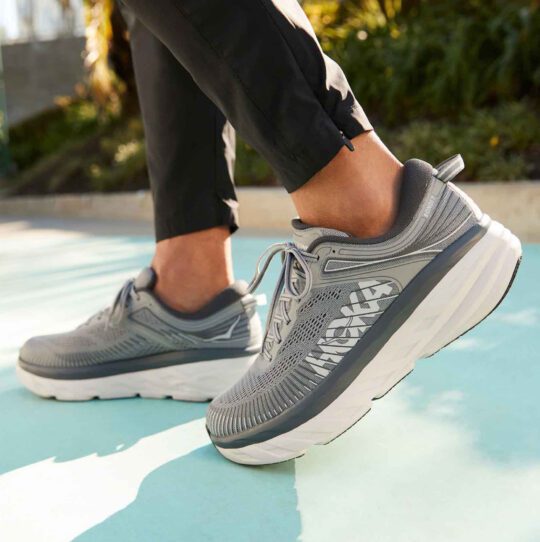
Key Features to Look for in Walking Shoes for Metatarsal Issues
Cushioning and Support
Choosing shoes with adequate cushioning is essential. Look for shoes that feature gel or foam padding in the insole and midsole to absorb shock and relieve pressure on the metatarsals.
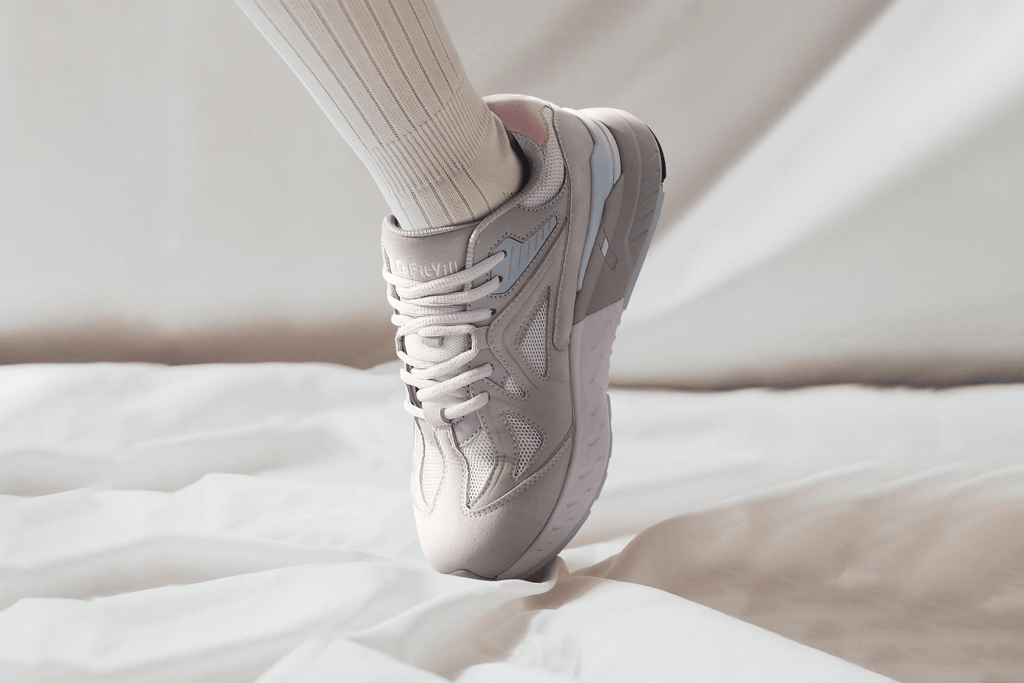
Arch Support
Proper arch support helps distribute pressure evenly across your feet, alleviating pain in the metatarsal area. Many shoes offer built-in arch support, but consider custom orthotics for personalized comfort.
Toe Box Space
A roomy toe box allows your toes to spread naturally without cramping, reducing the risk of aggravating metatarsalgia. Ensure that there’s at least a thumb’s width of space between your longest toe and the end of the shoe.

Flexibility and Stability
Walking shoes should strike a balance between flexibility and stability. Look for footwear that allows natural movement of the foot but provides sufficient support to prevent excessive motion that might lead to pain.
Top 5 Best Women’s Walking Shoes for Metatarsal Problems
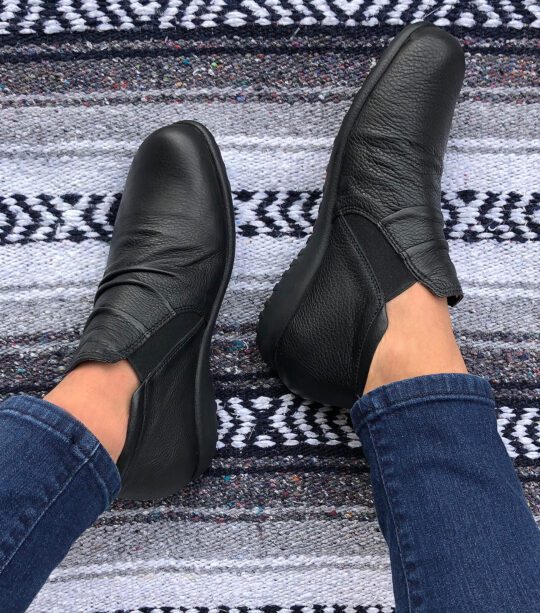
| Brand & Model | Key Features | Pros | Cons |
|---|---|---|---|
| ASICS Gel-Venture 7 | Gel cushioning, SpevaFoam midsole | Excellent cushioning, Durable | Heavier than some alternatives |
| Saucony Cohesion 13 | Grid cushioning, Lightweight | Affordable, Good arch support | Limited color options |
| Brooks Ghost 13 | DNA Loft cushioning, Segmented Crash Pad | Highly cushioned, Great for long walks | Pricey |
| New Balance Fresh Foam 1080v11 | Fresh Foam midsole, Ortholite insole | Soft and responsive, Excellent stability | May feel bulky to some |
| Hoka One One Bondi 7 | Maximum cushioning, EVA midsole | Exceptional comfort, Good for walking long distances | Price and weight |
Real-World Footwear Experiences
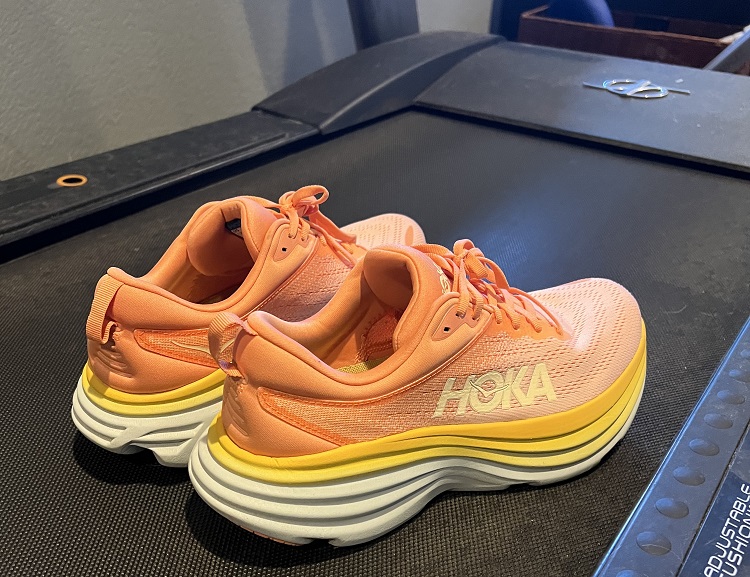
Case Study: Sarah’s Transformation with Brooks Ghost 13
Meet Sarah, a 45-year-old teacher who was struggling with metatarsal pain after years of standing on her feet. After consulting her podiatrist, she was advised to invest in quality walking shoes that provided better cushioning and support. Sarah decided to try the Brooks Ghost 13 based on positive reviews regarding its comfort and durability.
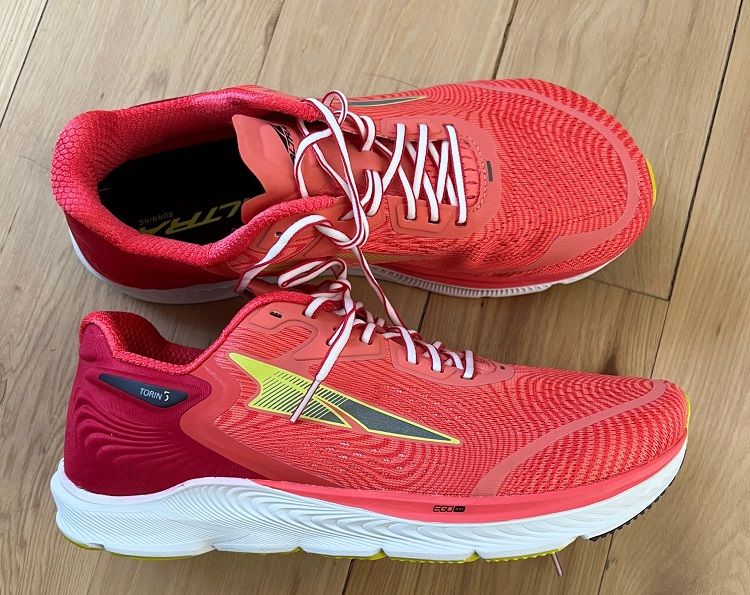
Initially skeptical due to the price, Sarah found the shoe to be a phenomenal investment. The DNA Loft cushioning took the pressure off her metatarsals, allowing her to walk comfortably even after long hours teaching. She reported a significant reduction in foot pain and added that the shoe’s fit was perfect, with ample room in the toe box and excellent arch support that helped stabilize her foot. Her experience showcases the importance of choosing the right footwear to manage metatarsal issues effectively.
Tips for Maintaining Foot Health While Walking
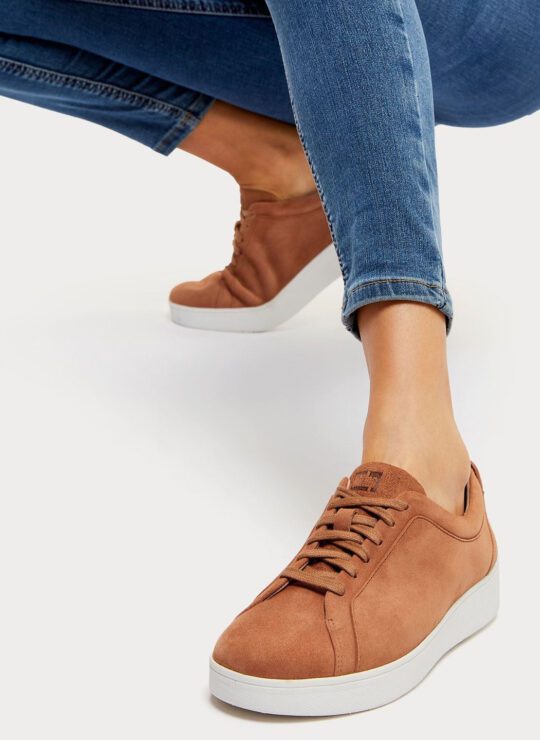
Choose the Right Socks
Investing in moisture-wicking and cushioned socks can help provide additional comfort and reduce friction that can lead to blisters and metatarsal pain. Look for socks that offer arch support as well.
Foot Stretching and Strengthening
Engaging in foot exercises designed to strengthen the muscles in your feet can be beneficial. Try toe curls and stretching exercises to help maintain flexibility and strength in the metatarsal region.
Gradual Increase in Walking Distance
If you’re new to walking or recovering from pain, gradually increase your walking distance. This approach allows your feet to adapt to the new shoes and minimizes the risk of injury.
Common Misconceptions About Metatarsal Pain
Myth: All Shoes Are Created Equal
One common misconception is that any shoe can alleviate metatarsal pain. In reality, shoes vary significantly in design, comfort, and support. It is crucial to find a shoe specifically designed for your foot type and pain condition.
Myth: High Heels Are Always Bad
While high heels are generally not recommended for daily use, some high heel designs offer adequate support and cushioning. Opting for brands that prioritize comfort without sacrificing style can be a viable option for special occasions.
Frequently Asked Questions (FAQs)
1. What are the best materials for walking shoes if I have metatarsal problems?
Look for breathable materials like mesh for the upper and cushioned materials like EVA for the midsole. These materials provide comfort, support, and breathability, which is crucial for foot health.
2. Should I always wear orthotics if I have metatarsal pain?
While orthotics can provide additional support, they are not mandatory for everyone. Consult with a podiatrist to determine if custom orthotics or over-the-counter ones would benefit your specific condition.
3. How often should I replace my walking shoes?
Generally, walking shoes should be replaced every 300 to 500 miles, depending on usage and wear. Pay attention to signs of wear, such as reduced cushioning and support, and replace your shoes accordingly.
4. Are there specific brands that focus on metatarsal support?
Yes, brands like Brooks, New Balance, Hoka One One, and ASICS are known for their quality walking shoes that emphasize cushioning and support suitable for those with metatarsal problems.
5. Can metatarsal pain be treated at home?
While self-care strategies like ice, rest, and over-the-counter pain relievers can help reduce inflammation, consult a healthcare professional for persistent pain to rule out underlying conditions.
6. Does the weight of the shoes matter?
Yes, lighter shoes can help reduce fatigue and strain on the feet during long walks. However, ensure they still provide adequate support and cushioning to address metatarsal issues effectively.
7. Are slip-on shoes suitable for walking?
While slip-on shoes can be convenient, ensure they provide enough support, cushioning, and fit properly to prevent foot pain during extended periods of walking.
8. Can I wear sandals for walking if I have metatarsal issues?
Some sandals designed with arch support and cushioning can be suitable for walking. Choose styles with adjustable straps and a supportive footbed to reduce the risk of pain.
9. Is it safe to walk barefoot if I have metatarsal pain?
Walking barefoot can sometimes aggravate metatarsal issues. It’s best to wear supportive shoes designed for your condition, especially on hard or uneven surfaces.
Conclusion: Step into Comfort
Finding the right women’s walking shoes for metatarsal problems can transform your daily activities from painful chores into enjoyable experiences. Whether you’re dealing with chronic pain or just want to prevent future discomfort, investing in quality footwear is a step in the right direction. Consider the features and recommendations provided in this guide, and consult with a healthcare professional for personalized advice. Here’s to comfortable walks and a happier, healthier you!
For further reading on foot health and managing pain, check out the American College of Foot and Ankle Surgeons resources.